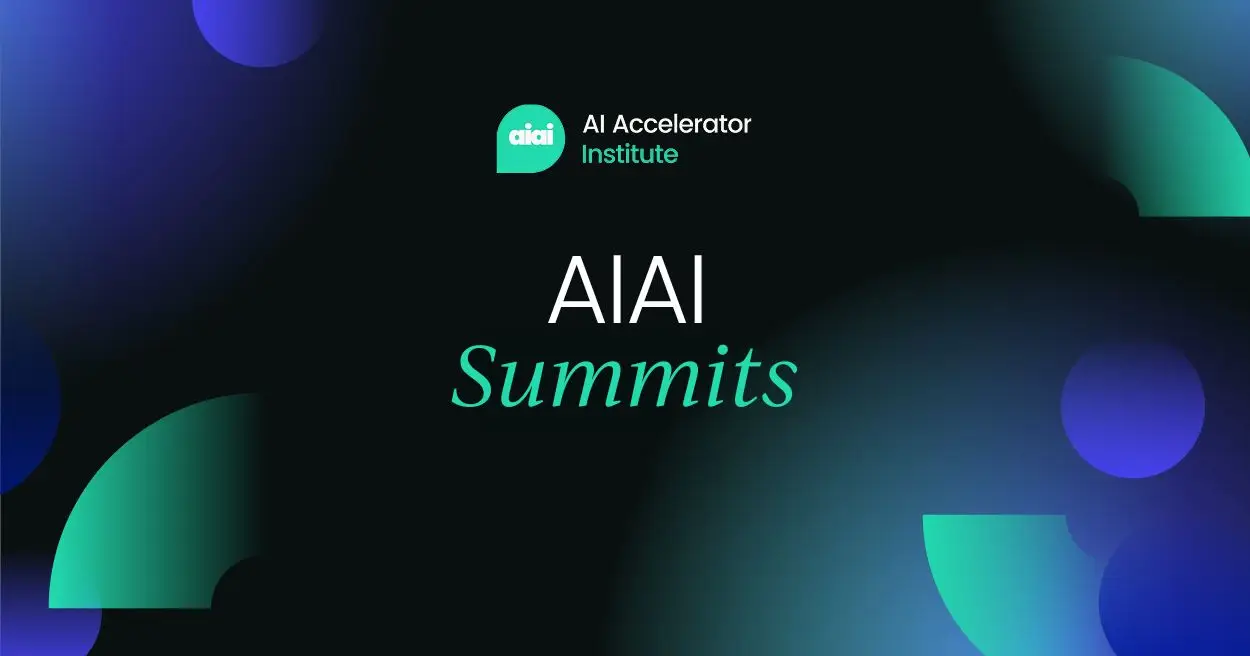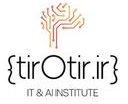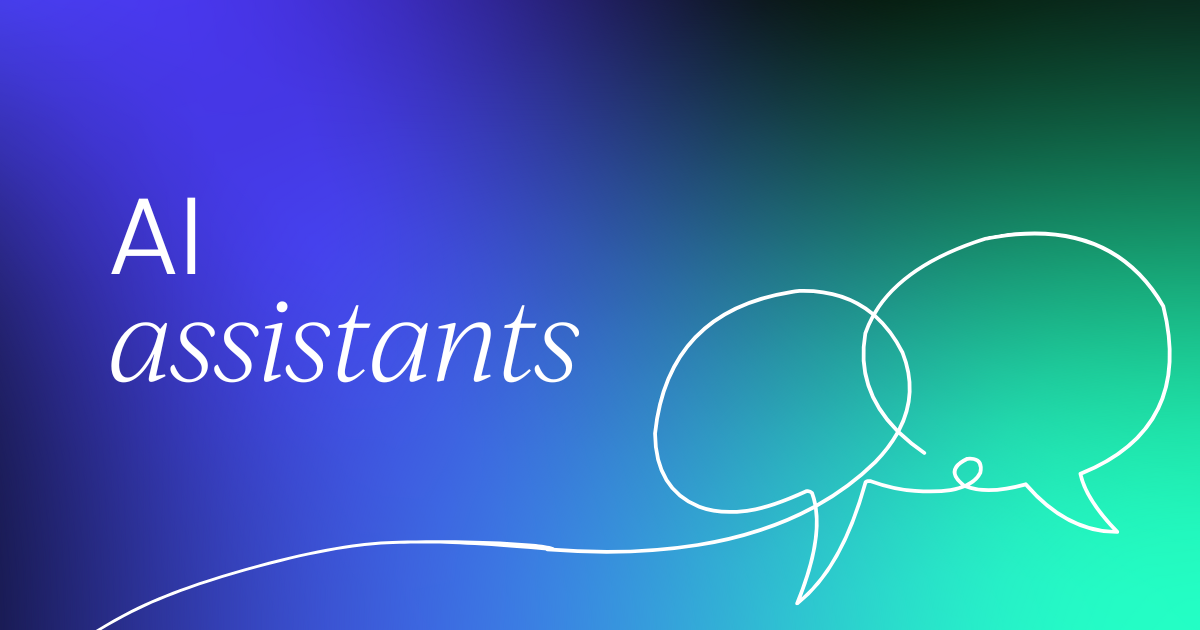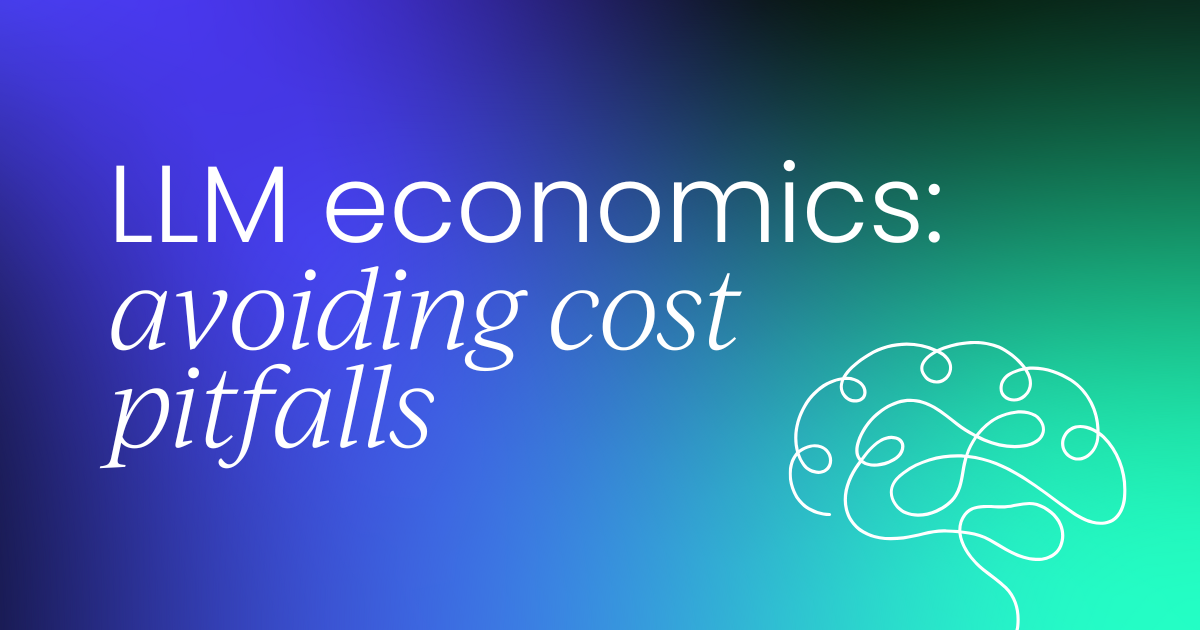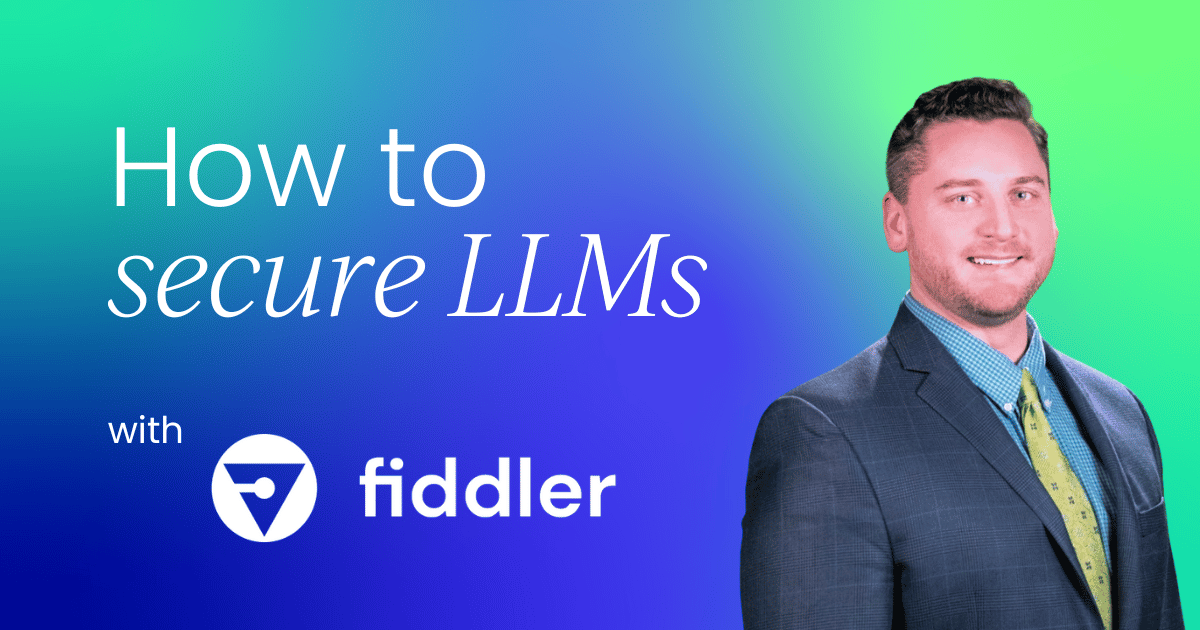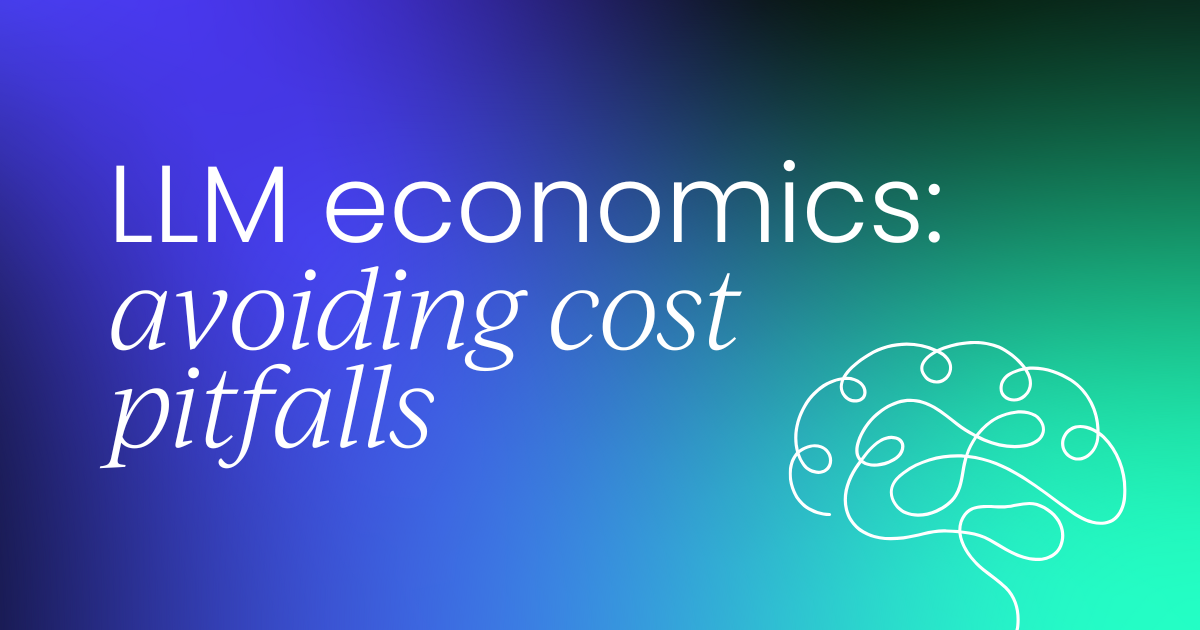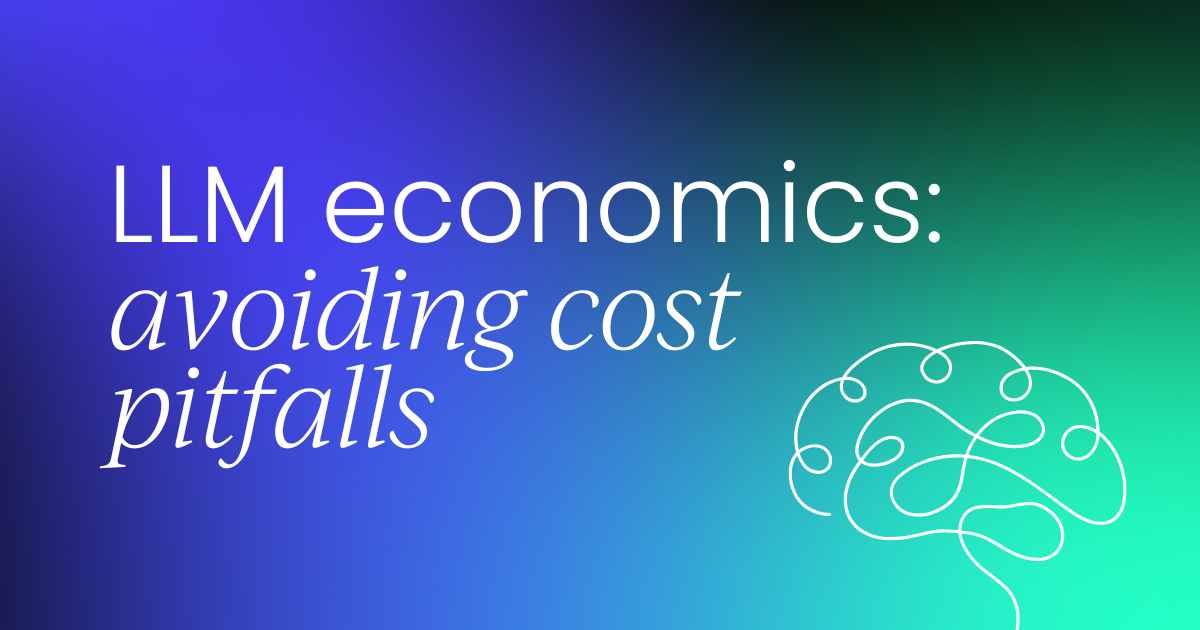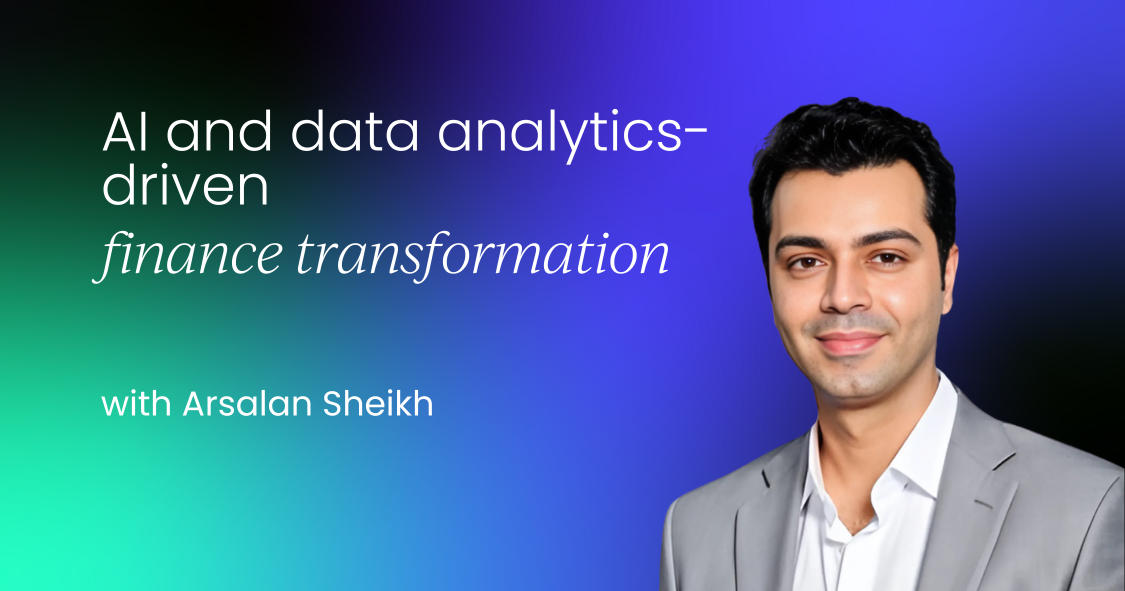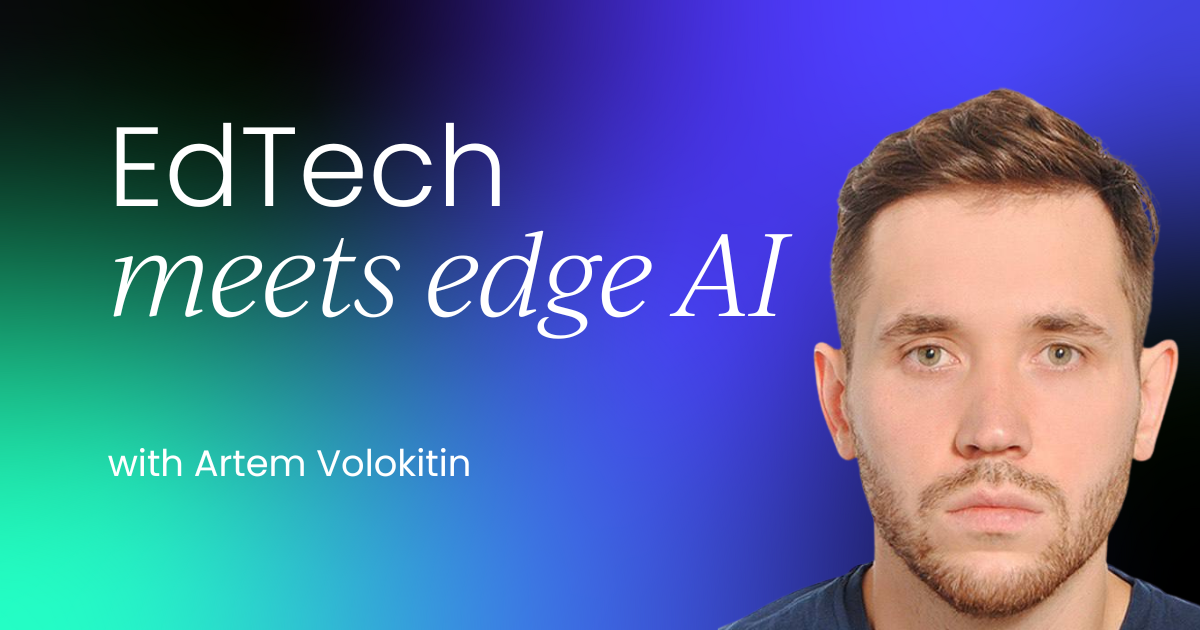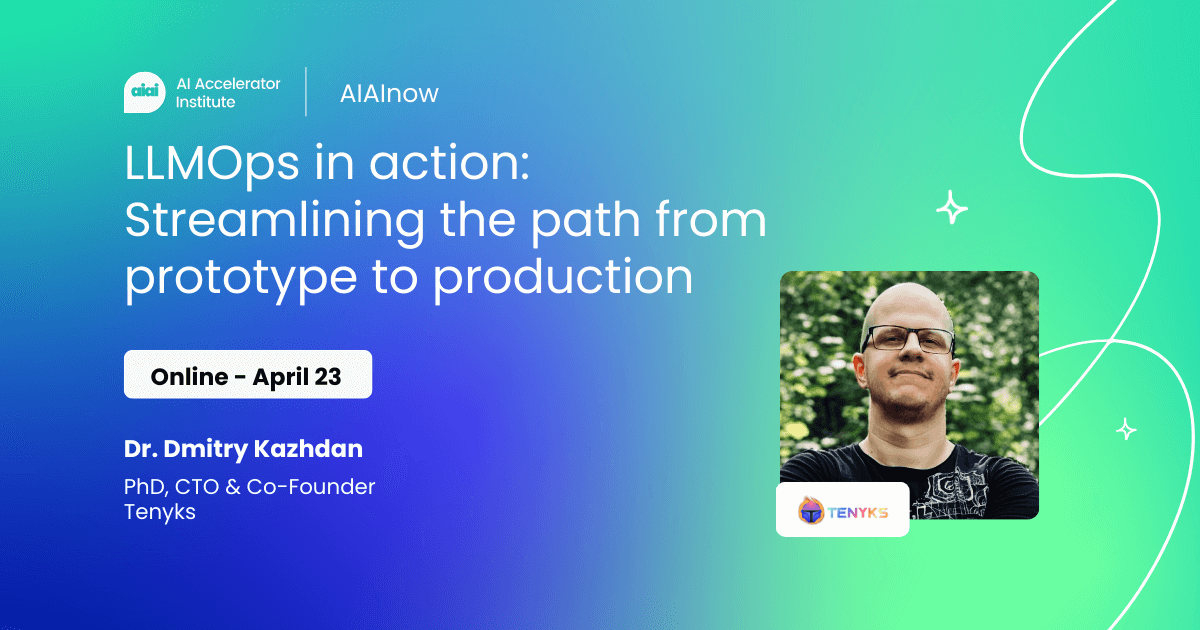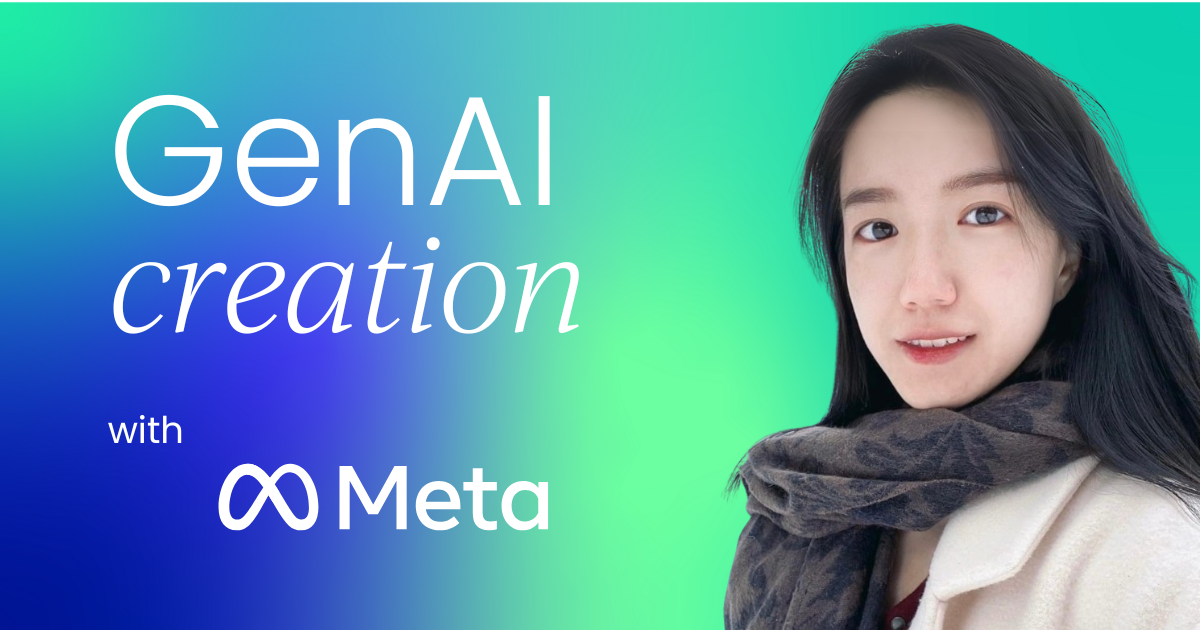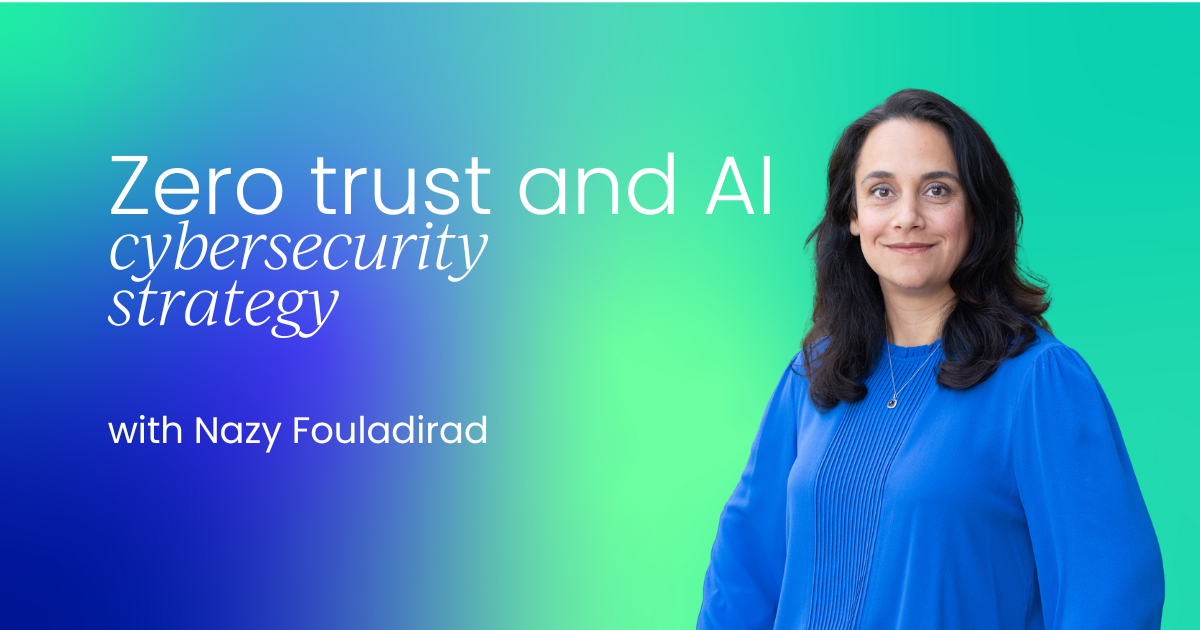
Traditional approaches to cybersecurity have always been to defend the digital perimeter surrounding internal networks. However, with the popularity of remote work and cloud computing technologies, conventional security strategies are no longer as effective at protecting organizations.
Zero trust has now become the go-to security approach. Its guiding concepts are built around the mindset of “never trust, always verify.” Each user, access device, and network connection is strictly evaluated and monitored regardless of where they originate from.
Artificial intelligence (AI) has become an addition to zero trust security architecture. With the ability to analyze large volumes of information and apply complex processes to automate security functions, AI has helped how modern businesses approach their security planning.
Understanding zero trust in modern organizations
Digital environments have changed the cybersecurity paradigm in many different ways, as businesses have moved toward highly connected infrastructures.. Zero trust security models assume every network connection within the organization is a potential threat and requires various strategies to address them effectively.
Zero trust models work on several core principles that include:
- Providing minimum access privileges: Employees should only be given access to information and systems that are absolutely essential for the job function they perform. This limits unauthorized access at all times, and in the event a security breach does occur, the damage is contained to a minimum.
- Creation of isolated network areas: Rather than having a single company network, organizations should segment their systems and databases into smaller, isolated networks. This limits an attacker’s access to only a part of the system in the event of a successful perimeter breach.
- Constant verification: All users and devices are checked and rechecked frequentlyTrust is never assumed, and all activity is closely monitored regardless of who is gaining access or what they’re doing.
- Assumed breaches: With zero trust, potential breaches are always viewed as a possibility. Because of this, security strategies don’t just focus on prevention, but also limiting the possible damage from a successful attack.
Identity-centric security has now become an essential element for building a strong cybersecurity posture and improved operational resilience. A big part of this process is safeguarding sensitive information and making sure that even if breaches do occur, it’s less likely that it becomes compromised.

The role of AI in strengthening zero trust models
Bringing AI and zero trust together represents a major step forward for cybersecurity. AI’s power to analyze large datasets, spot unusual network activity, and automate security responses makes the core principles of zero trust even stronger, allowing for a more flexible and resilient defense.
Improving identity and access management
With leveraging AI, managing various identities and provisioning system access within a zero trust environment can be improved. Machine learning models can scan user behaviors looking for anomalies indicative of compromised accounts or potentially dangerous network activity. Adaptive authentication protocols can then use these risk-based assessments to change various security validation parameters dynamically.
AI technology also helps automate authentication processes when validating user identities. They can help facilitate new user setups, streamlining IT processes while at the same time minimizing human error. This added efficiency reduces the strain and resource requirements of IT support teams and significantly reduces the possibility of accidentally giving out wrong access permissions.
Intelligent threat detection and response
Traditional security measures can overlook subtle, yet important indicators of malicious network activity. However, machine learning algorithms can aid in detecting these threats ahead of time, resulting in a far more proactive approach to threat response.
Autonomous threat hunting and incident resolution can reduce the time necessary to identify and contain breaches while mitigating any associated damage. With AI, network monitoring processes can be done automatically, allowing security personnel to act faster if and when the time comes.
AI can also provide organizations with predictive analytics that help to guard against possible attacks by anticipating them before they occur. By using threat intelligence gathered from external vendors, and at the same time, checking for system vulnerabilities, essential steps can be taken to tighten security defenses to avoid any weaknesses from being exploited.
Automating data security and governance processes
AI systems can help sensitive business information be protected in real time. As data is collected, it can be automatically classified into various categories. This dynamic classification allows AI systems to apply relevant security controls to certain datasets, helping to align with various compliance requirements while adhering to any of the organization’s specific data management policies.
Another important security element for modern organizations is data loss prevention (DLP). AI-driven DLP solutions can be configured to automatically supervise the way users access and relocate information within a system. This helps to identify potential data manipulation and greatly minimizes the danger of unauthorized system access and data leakage.

New security challenges and considerations
Though AI drastically improves the capabilities of traditional zero-trust models, it also can present additional security considerations that require organizations’ attention. Some of these include:
Data privacy and ethical concerns
When applying AI in zero trust settings, balancing security and personal privacy is critical. Organizations need to be certain that their methods of collecting and analyzing data are done within the scope of applicable privacy laws and ethical boundaries.
Bias in AI systems should be dealt with as well. Machine learning algorithms trained on outdated data are capable of producing inaccurate results that could lead to more passive security measures being put in place. Organizations need to ensure that any of their AI-driven systems have supporting policies in place to prevent these biased analyses from taking place.
Integration and implementation challenges
Integrating AI into a zero trust framework isn’t always straightforward. Complications can surface – especially when it comes to system and network compatibility. Organizations need to ensure that their AI solutions can be seamlessly integrated into the existing tech stack and that there aren’t any potential barriers that will impede data flow to and from critical systems.
Another operational challenge with AI-driven security systems is finding qualified talent to operate them. Companies will likely need to allocate dedicated resources for training and staff development to keep systems functioning effectively.
The importance of regular AI model training
AI solutions, especially those that use complex learning algorithms, aren’t a “set-it-and-forget-it” implementation. With cyber threats constantly evolving, maintaining the effectiveness of AI-driven systems requires regular model training.
Without regular intervals of AI model retraining, these systems won’t function accurately and efficiently over time. An AI model must be regularly reviewed and modified to avoid false positive alerts, broken automation, or inadequate threat mitigation protocols.
The future of cybersecurity
Integrating AI with zero trust architecture has changed how businesses can approach their cybersecurity initiatives. As cyberthreats become increasingly more sophisticated, then the need for increased automation and identity-centric security planning will only continue to grow.
With the proper implementation strategies in place, organizations can benefit from enhanced threat management, streamlined access management, and a more proactive approach to data protection.
Have you checked our 2025 events calendar?
We’ll be all over the globe, so why not have a look and see if we’re anywhere near you?
Join us and network with like-minded AI experts in your industry.
